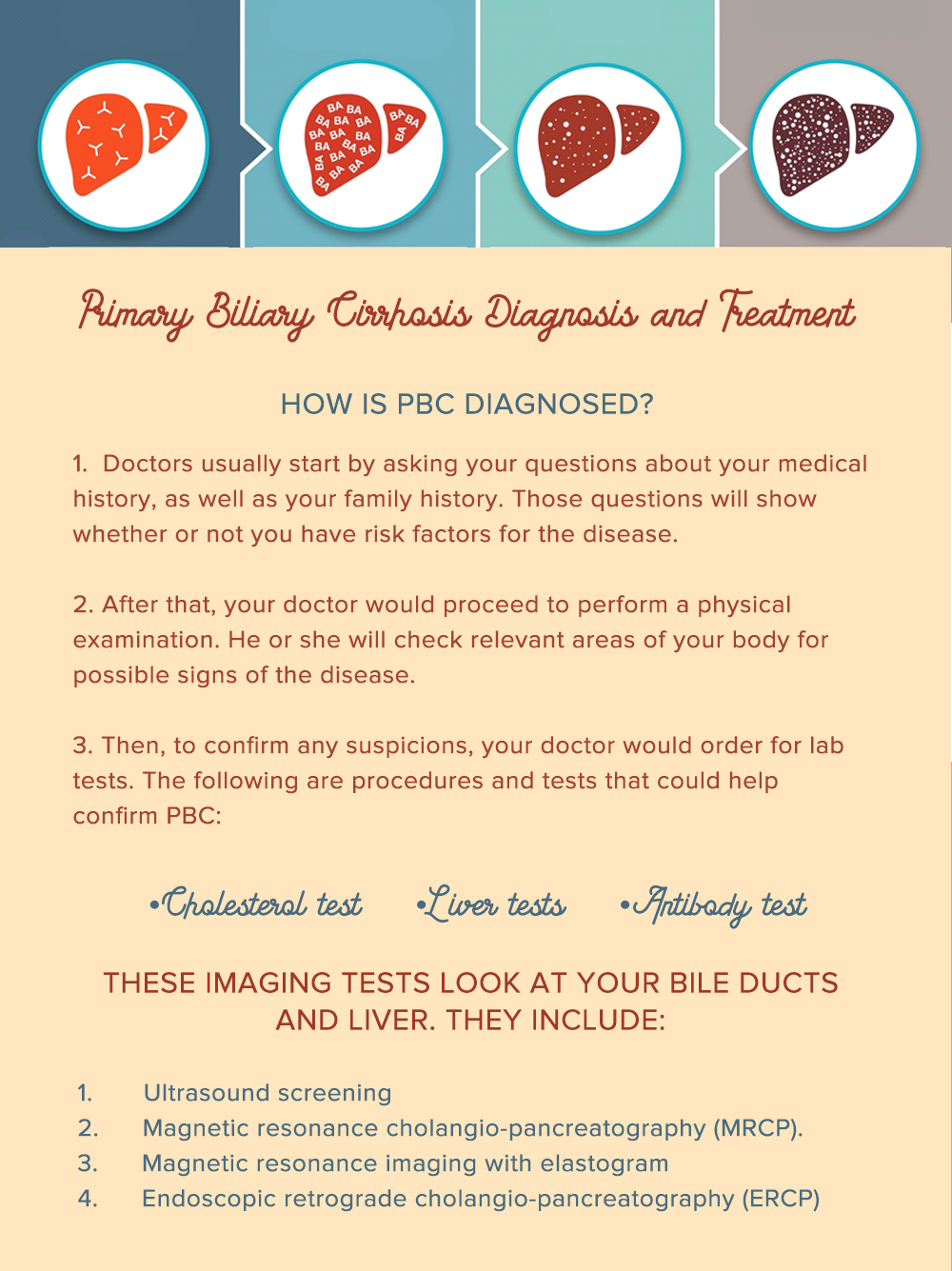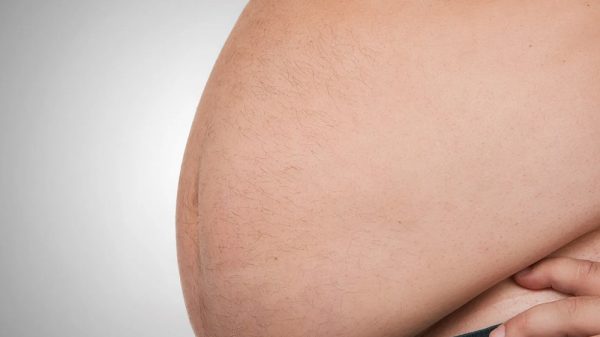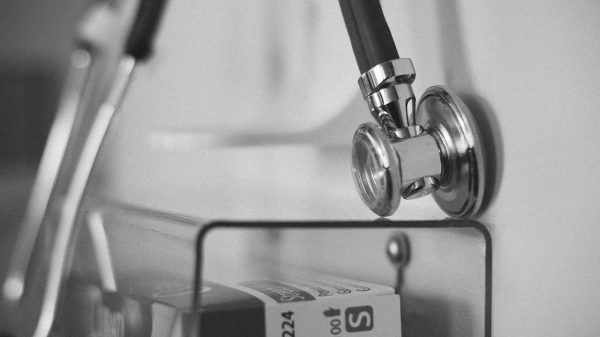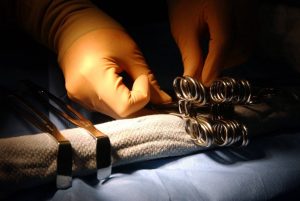Primary biliary cirrhosis (PBC) is one of the diseases that could damage your liver. It primarily affects your bile ducts, which are situated in the liver. Recently, it is more commonly called primary biliary cholangitis. You may not understand how serious it is when something damages your bile ducts if you don’t know how vital their job is. Their main job is to transport bile, a fluid that plays a vital role in the process of digestion. Your liver makes this fluid and sends it out through the bile ducts. But then, inflammation form bile duct damage can also spread to the liver and damage liver tissue too. The complications can be life-threatening. In this article, we talk about primary biliary cirrhosis treatment, as well as how to diagnose the condition.
Bile assists your body in absorbing cholesterol, fats, and some vitamins (fat-soluble vitamins). That’s not all. Bile is also very vital for eliminating worn-out blood cells as well as other waste products and some toxins. If the bile ducts damage, they won’t function properly. As such, waste products and bile would back up in your liver and cause inflammation. This could cause scarring, which can, in turn, lead to liver damage and eventually, liver failure. This disease usually progresses slowly through a gradual process. But once symptoms show up, you may never be able to recover from the damage. It is, therefore, important to diagnose PBC on time before symptoms show up and treat it properly to prevent complications and death.
How Is PBC Diagnosed?
Doctors usually start by asking your questions about your medical history, as well as your family history. Those questions will show whether or not you have risk factors for the disease.
After that, your doctor would proceed to perform a physical examination. He or she will check relevant areas of your body for possible signs of the disease.
Then, to confirm any suspicions, your doctor would order for lab tests. The following are procedures and tests that could help confirm PBC
- Cholesterol test: Most of the people who have PBC have a markedly elevated level of lipids in their blood. This includes an increase in the levels of their total cholesterol. So then, a cholesterol test can help confirm PBC.
- Liver tests: These are another set of blood tests that can help confirm PBC. These tests check for liver enzymes. The different levels of liver enzymes may signal injury to the bile duct and liver disease.
- Antibody test: Experts believe that PBC is an autoimmune disease. Antibody tests would check for signs of an autoimmune disease.
Anti-mitochondrial antibodies (for short, AMAs) are only present in people who have PBC. They never occur if a person does not have the disease. More so, no other disorder of the liver tests positive for AMAs.
So then, if AMAs are found in your blood, it is a clear-cut sign of PBC. A handful of people with PBC may, however, not test positive for AMA.
Aside from these blood tests, your doctor may also consider imaging tests. They are sometimes not needed. But then, if the signs and symptoms are not clear enough, imaging tests can help clarify things and rule out conflicting diagnoses.
These imaging tests look at your bile ducts and liver. They include:
- Ultrasound screening
- Magnetic resonance cholangiopancreatography (MRCP).
- Magnetic resonance imaging with elastogram
- Endoscopic retrograde cholangiopancreatography (ERCP)
By the time you do imaging tests, the diagnosis should already be clear. But if not, the final point of call is a biopsy of your liver. A sample of your liver tissue would be taken out and examined. This would confirm your diagnosis, as well as determine the extent of the damage.
Primary Biliary Cirrhosis Treatment
The first thing that we need to clarify is that PBC has no cure. However, there are quite a few treatment options to improve your conditions. These treatments would help manage your symptoms, as well as prevent rapid damage to your liver.
The first line of treatment that doctors use for PBC is UDCA (ursodeoxycholic acid). Another name for UDCA is ursodiol. Common brands of ursodiol are actigall and urso.
Ursodiol is a form of bile acid. It could help to transport bile out of your liver. It would move the bile into your small intestine. This goes a long way to slow down the speed of liver damage.
The outlook is usually better if treatment ursodiol starts at the very early stages of the disease. It becomes a dicey situation when the disease is in its advanced stage already.
The thing is that live damage is irreversible. The best you can do is slow down the speed. But if the disease is already advanced, what is there to slow down again? The damage has already been done.
You may have to stay on meds for the rest of your life if you have PBC. The drug would prevent the disease from becoming worse than it is already. Ursodiol, however, does have a few adverse effects. They include hair loss, weight gain, and diarrhea.
A newer drug for treating PBC is Obeticholic acid. The common brand is Ocaliva. This drug is beneficial for those who can’t tolerate ursodiol. It could also help those who don’t show improvement with ursodiol.
Obeticholic acid can help bring down the rate at which your liver produces bile. It could also help to push out some bile from your liver.
Aside from these main meds, your doctor may also give you meds to manage your symptoms. Examples include:
- Antihistamines for itching
- Artificial tears to take care of dry eyes
- Saliva substitutes for dry mouth
Other Treatment Regimens
A few other things you may need to do if you are treating PBC are as follows:
- Avoid alcohol to shield your liver from further damage
- You may also need to supplement your fat-soluble vitamins.
- Calcium supplements can also keep your bones strong. Osteoporosis is a common complication of PBC
- Immune-suppressing meds to preserve your liver from autoimmune attacks.
Primary biliary cirrhosis treatment with ursodiol yields positive results in about half of all PBC cases. So although the disease is incurable, there is still hope if you start treatment on time. And if the disease is too advanced for medical treatment, you may consider getting a liver transplant.
























